A blooming hydrangea is one of the joys of a summer garden.
Since it’s the thing gardeners look forward to most, it stands to reason that you want to get as many blooms from your plant as possible.
Luckily, to get hydrangea plants at their best and producing those big beautiful blooms, there are a few tips and tricks you can use to get there.
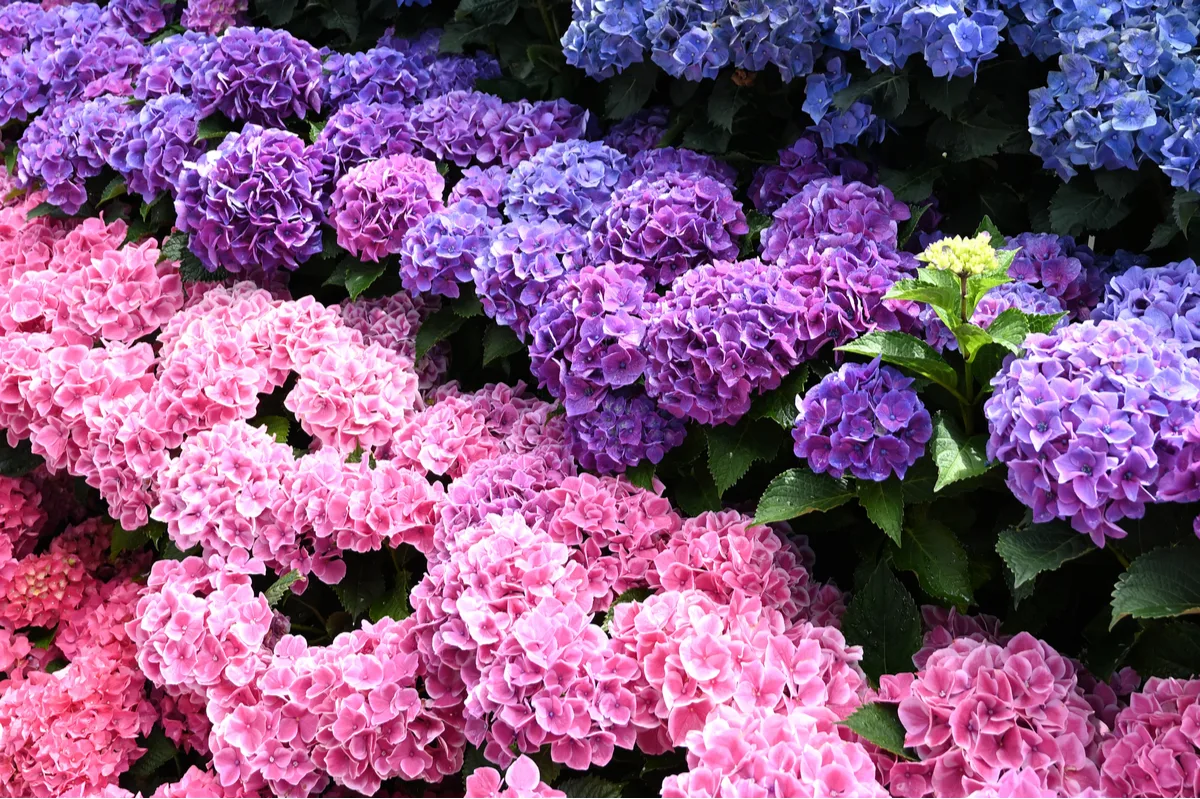
1. Choose The Right Plant For Your Zone
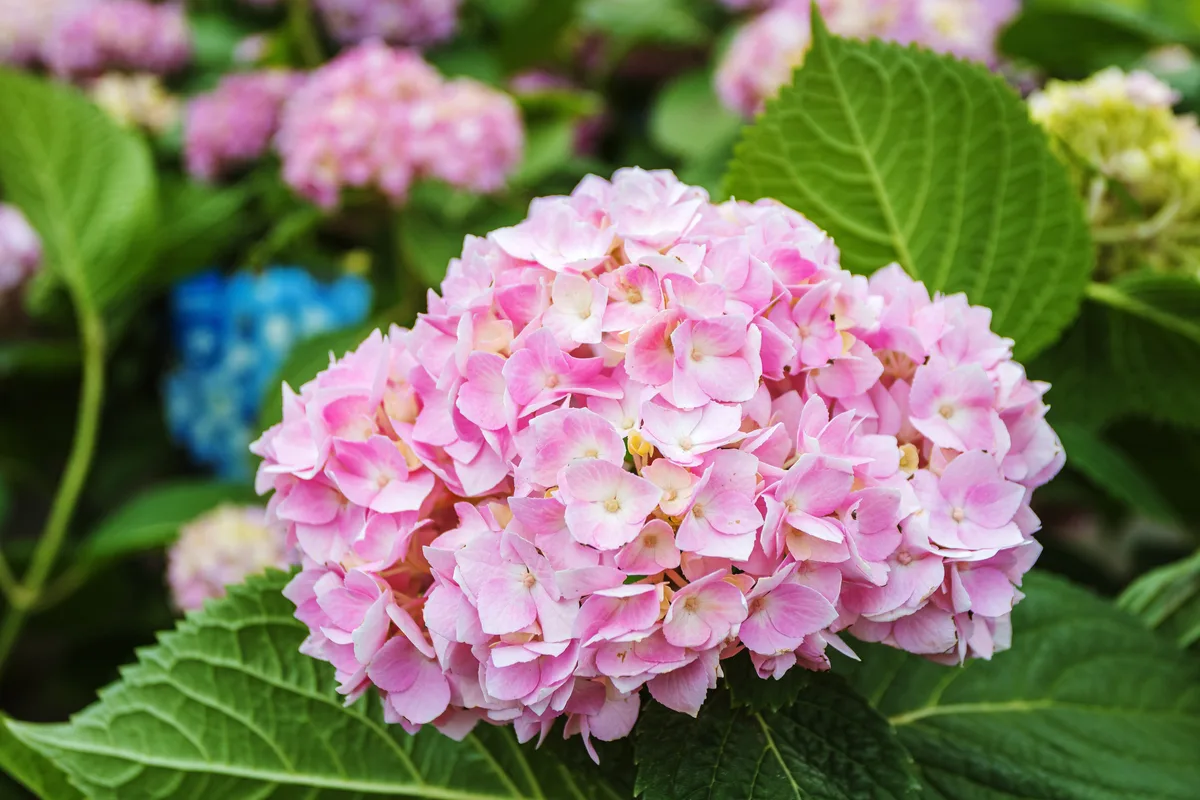
Like any plant, hydrangeas need certain temperatures, soil conditions, watering and sunlight and if any of these is lacking, the bigger better blooms will be as well.
The most common of the hydrangeas – Hydrangea macrophylla – grows in zones 3 – 7. But, they do need protection from the harshest colds below zone 6, or they will not flower as prolifically. Other types, like Hydrangea quercifolia, grow best in zones 5 – 9, and Hydrangea paniculata in zones 3 – 8.
Your local nursery should stock the hydrangea species that grow in your local area. These will grow better than a cutting carried from a friend’s garden across the country.
2. Give Them Enough Sunlight (But Not Too Much)
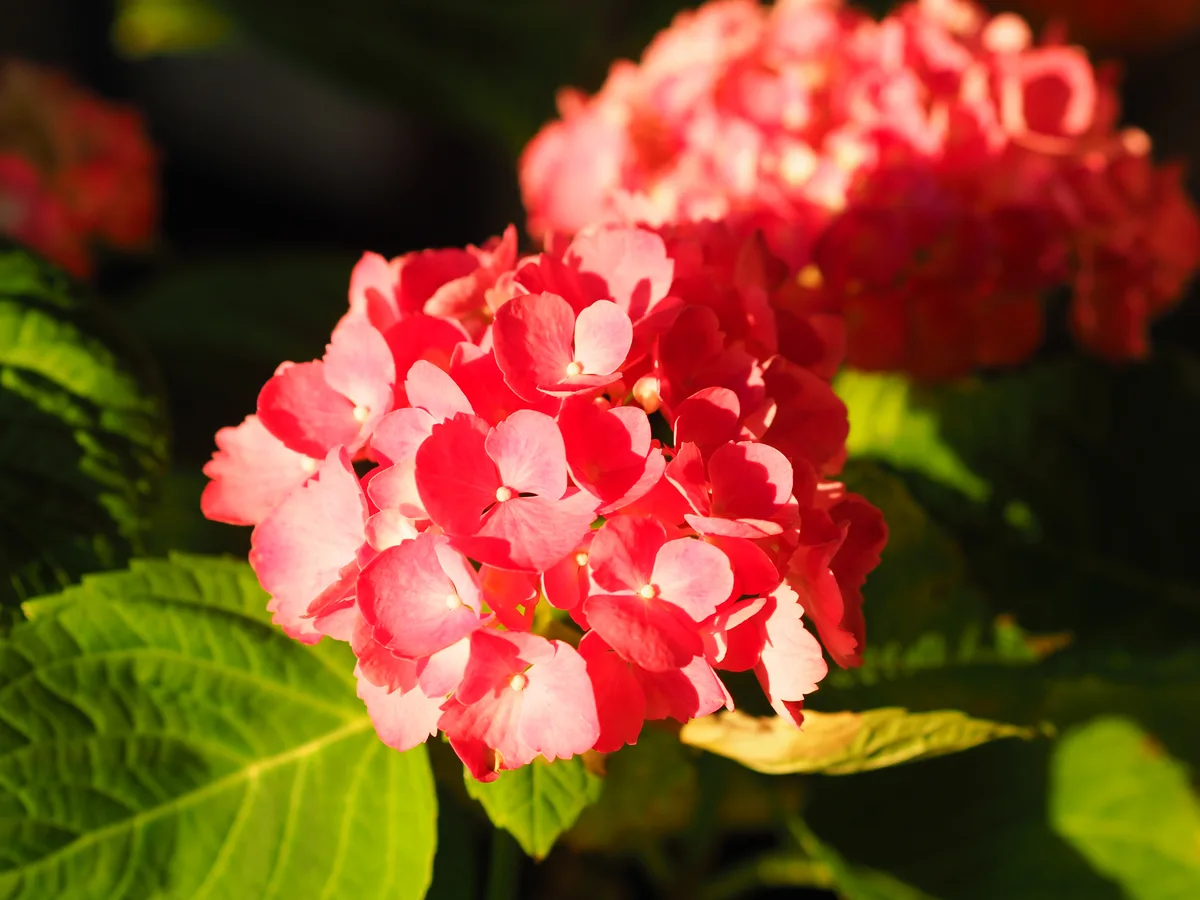
Although hydrangeas are shade-loving plants, they do need some sunshine during the day. The sweet spot is around 6 hours, but they will be happy with anything more than 4. They prefer afternoon shade in the hottest climates and will cope with more sunshine in the day in colder climates.
Too much sunshine can cause the leaves to burn. Too little and their blooms will be inferior. Check that the varieties you choose have enough sunlight to bloom well in the garden.
Hydrangea macrophylla, Hydrangea arborescens and Hydrangea serrata can be grown in semi-shade, preferring morning sun and afternoon shade. They can also grow in full sun as long as the soil is kept moist.
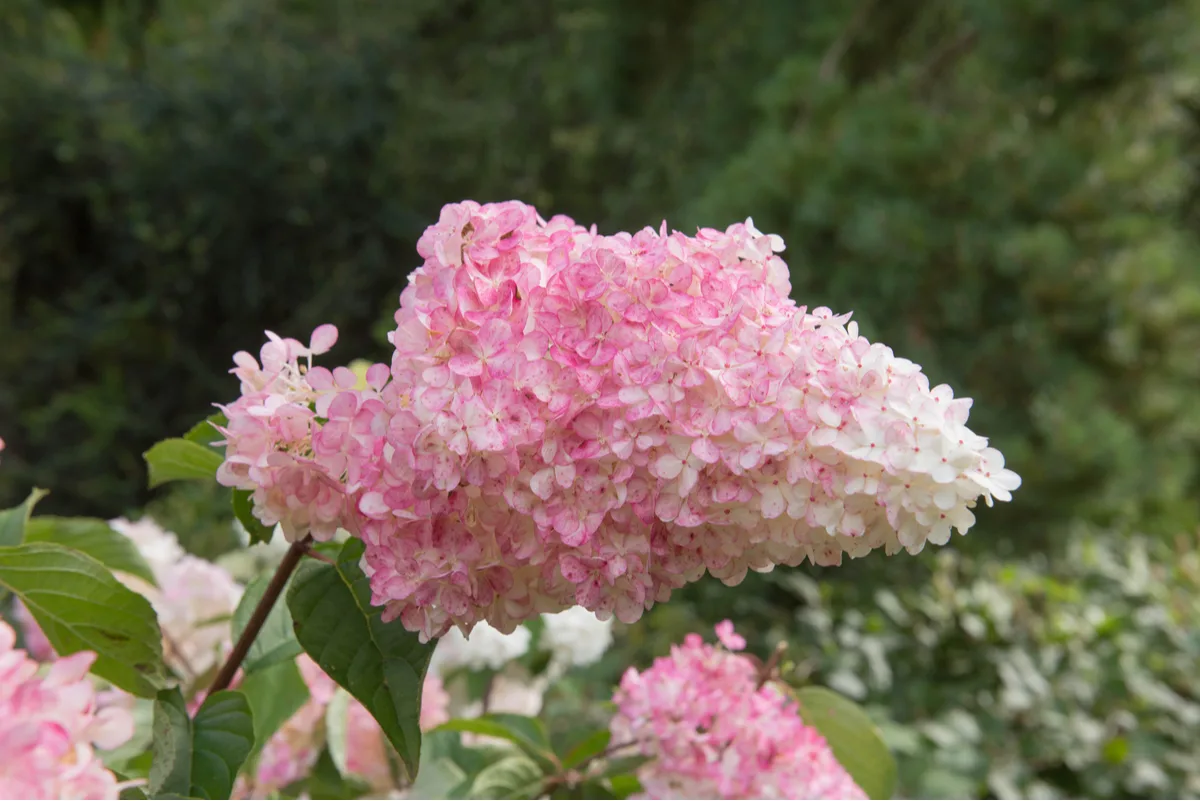
Hydrangea quercifolia and Hydrangea paniculata are happy in either full sun or semi-shade while Hydrangea anomala subsp. petiolaris is better in semi-shade to full shade.
It is often the plants grown in semi-shade that have more long-lasting blooms than those grown in full sun. If you grow hydrangeas in pots in full sun, providing some afternoon shade will make the blooms last longer. Try shading with an umbrella or even set containers on wheels so they can be moved into the shade on sunny afternoons.
3. Water Correctly
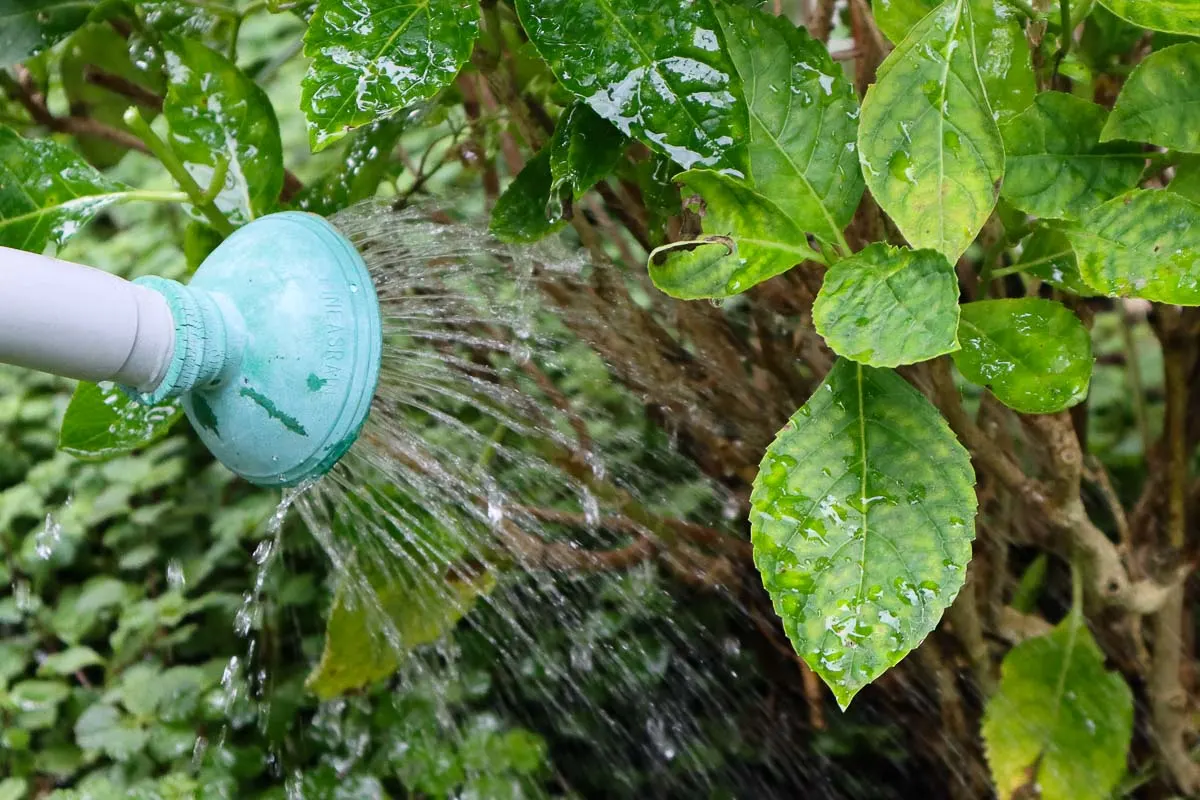
In spring and summer as the temperatures increase and plants start blooming, they require more watering – sometimes as much as 3 times a week. But, although hydrangeas like water, more than that, they love good drainage. The soil should remain consistently moist, but never waterlogged.
When hydrangeas are overwatered, the roots may start to rot and the plant will either lose its leaves or produce more yellow leaves rather than the dark green leaves they are known for. This also affects the flowering, stunting flower formation and ruining your season.
Some varieties require more water than others, but they generally like a lot of water. It’s important to water the soil and not the leaves and flowers which could promote diseases and blemishes. A soaker hose or similar irrigation system is ideal for hydrangeas as the water can get to the roots where it’s needed most.
4. Don’t Forget To Fertilize

Hydrangeas are usually considered heavy feeders. They like to grow in loamy soil rich in nutrients and appreciate extra feeding, especially if you are looking for plenty of blooms.
When planting hydrangeas make sure to add plenty of compost to the planting hole and add a few handfuls of organic slow-release fertilizer as well. Feed every year in spring and again in early fall with a slow-release balanced fertilizer.
For more buds and therefore more blooms, hydrangeas need a fertilizer high in phosphorous such as a 10-20-10. Nitrogen and potassium are also essential to balance nutrients and take care of root, leaf and stem health.
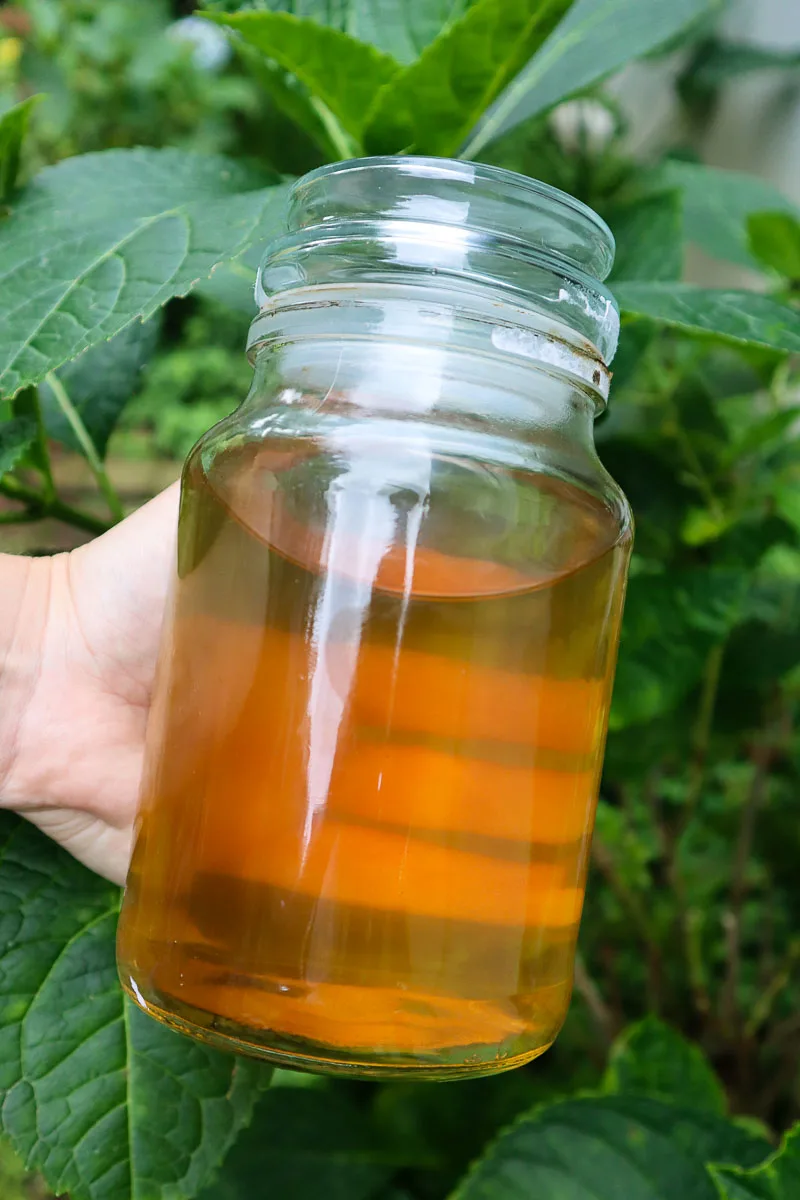
There are also specific products on the market for the express purpose of helping hydrangeas set bud and give better blooms. These are sometimes referred to as ‘Blossom Boosters’ or ‘Bloom Boost’. This ‘hydrangea food’ is also used on plants like rhododendrons, azaleas, gardenias, begonias and camellias, specifically formulated for better blooming.
This “Blossom Booster” fertilizer is the ideal NPK ratio for increasing your hydrangea blooms.
Apply these products when the buds set on old wood from mid-summer and into fall. Feeding hydrangeas at this time will increase the number of buds and produce bigger and better blooms the following season.
Here’s our total guide to fertilizing hydrangeas for bigger and better blooms.
5. Prune Carefully

Pruning is tricky with hydrangeas, but easy enough when you have the correct timing and knowledge.
Unlike other plants, hydrangeas like Hydrangea macrophylla, Hydrangea quercifolia, Hydrangea serrata and Hydrangea anomala subsp. petiolaris should be pruned towards the end of summer when the last blooms have gone over, but not after August. Any later and you may be cutting off new buds.
To increase the number of flowers, tip-prune the plants, cutting back to the nearest bud. Hydrangeas bud on old wood, so you should never prune back the old wood if you are looking for new flowers and leaves.
Also prune any damaged or diseased foliage and stems and cut off all the flowers.
CONTINUE READING IN PAGE 2




